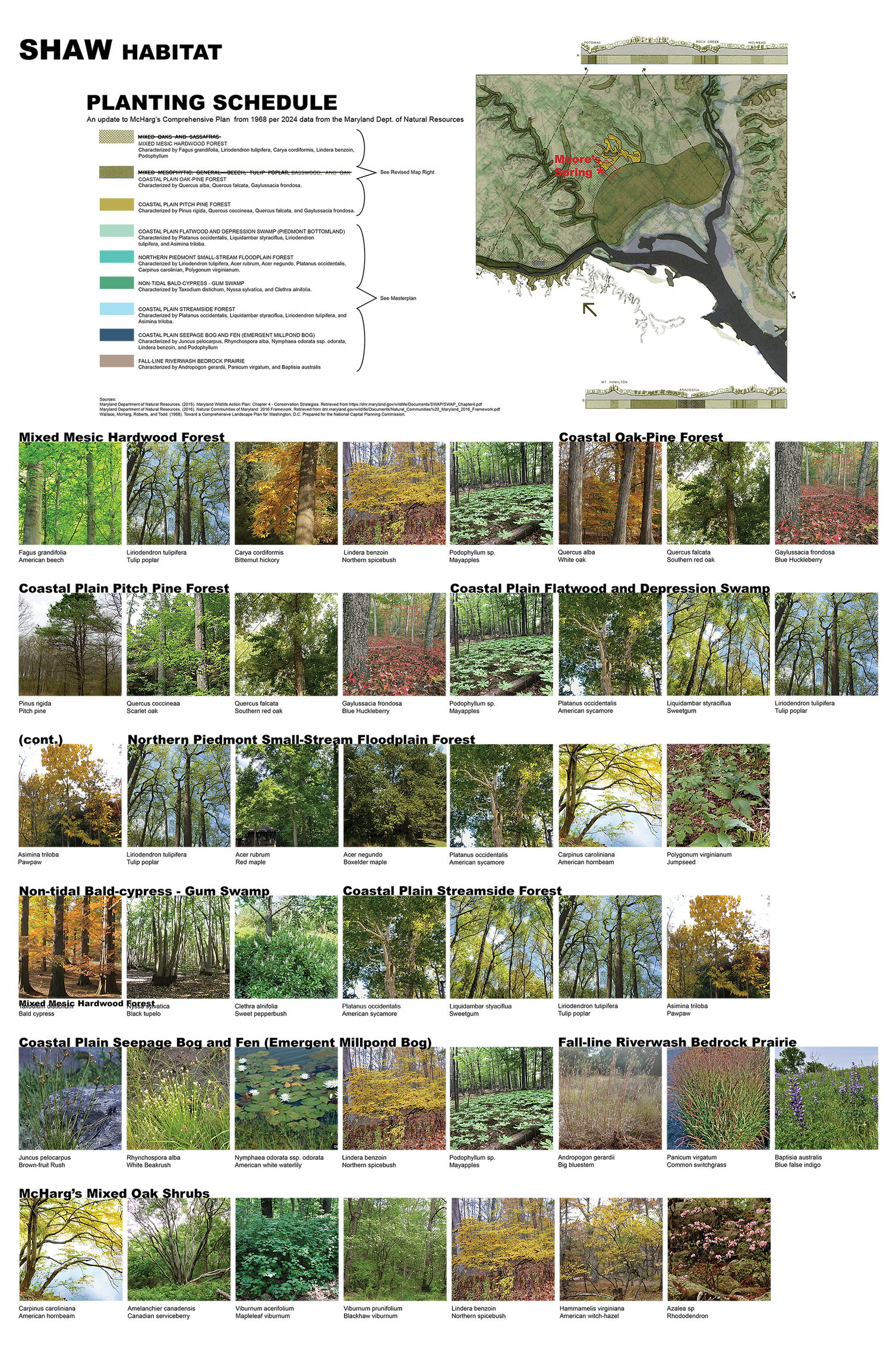
Rewilding District of Columbia
Ecological Conservation, Restoration, and Renewal toward Urban Resilience
 |  |  |  |
|---|---|---|---|
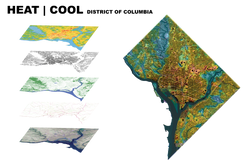 |  |  |




A Rewilded Future
After a series of record heat in July of 20204, cooling the urban core of Washington DC is imperative. This prompted the question of how an increasingly developing city should utilize its built fabric and inherent natural qualities to provide a more habitable environment for it's residents. We were inspired by Anne Winston Spirn to uncover past processes to reveal a hopeful future for this city.

Shaw 1857 vs Shaw 2024
Historical Extents of Upper Branches of Tiber Creek
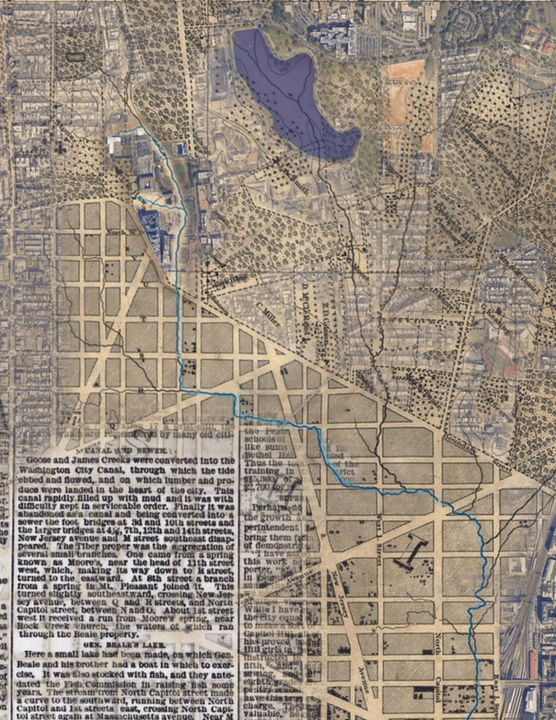
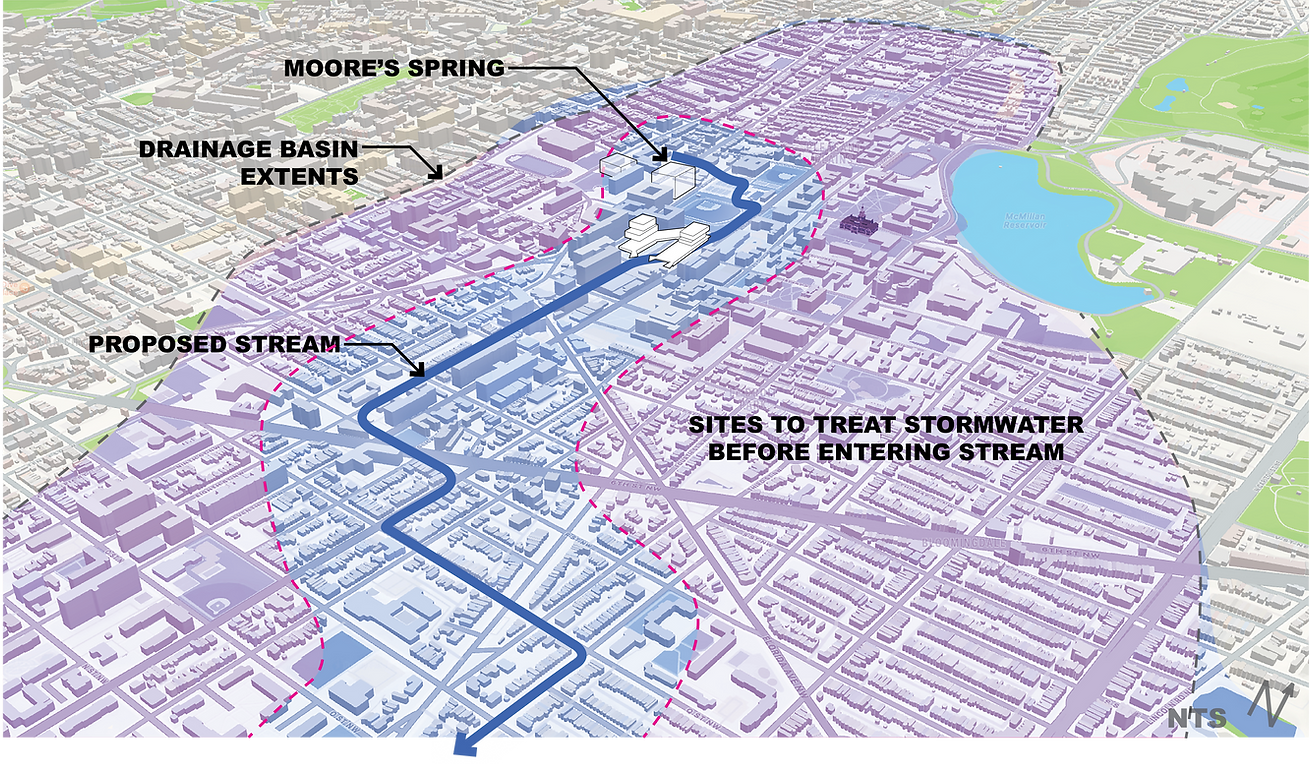
DESIGN GUIDELINES
1. Reveal the city’s springs to improve it’s ecology by growing canopy and understory, alleviate flooding impacts to buildings and roads.
2. Spring water is to flow in riverine planted environments with overflow possible onto wetlands and swamps in heavy rains.
3. Stormwater may only flow into the stream from the spring source once it has been treated by wetlands, swamps, or another biofiltration planting.
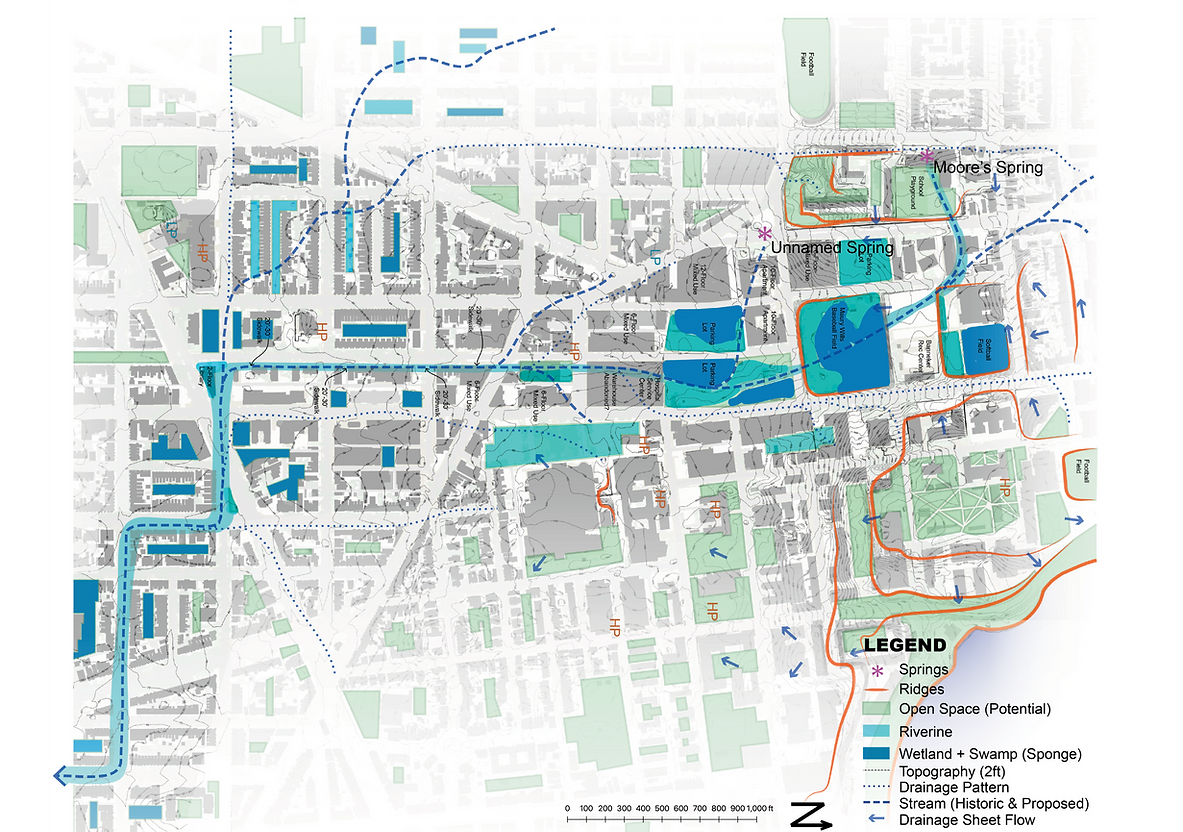

SPONGE
mixed use




SHAW SPRING DISTRICT
Moore's spring is designed to flow through the district, providing clean water to a riverine corridor. Adjacent sites are designed as sponge sites to store and treat stormwater, separating if from the CSOs and benefiting the riverine ecology.

MOORE'S SPRING

SPRING

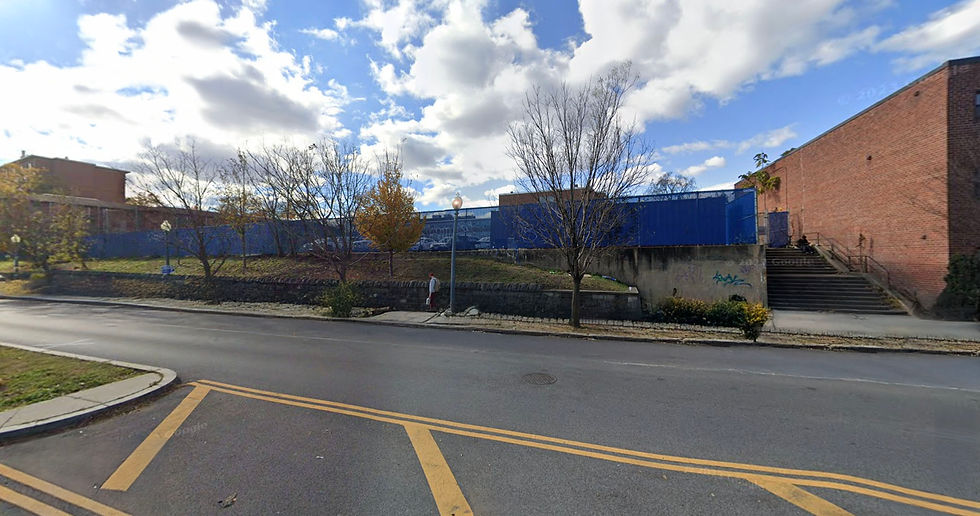


BANNEKER RECREATION CENTER AT MAURY WILLS PARK

RIVERINE & SPONGE



BARRY PLACE LOOKING AT MAURY WILLS PARK

8TH AND W STREET LOOKING NORTH TOWARD DEVELOPMENT

RIVERINE
commercial



8TH AND V STREET LOOKING NORTH

RIVERINE
commercial




8TH AND S STREET LOOKING NORTH

RIVERINE
residential




